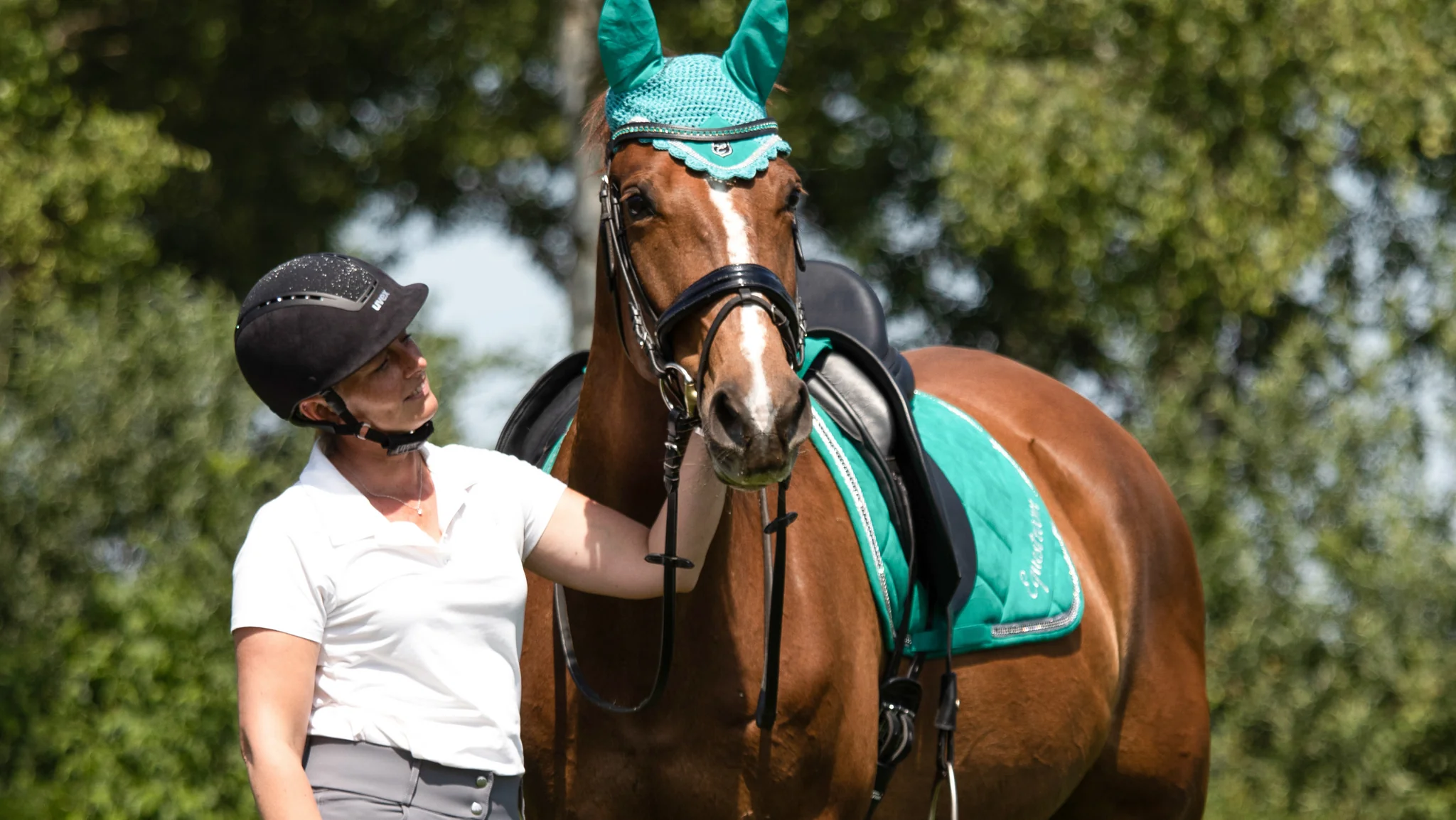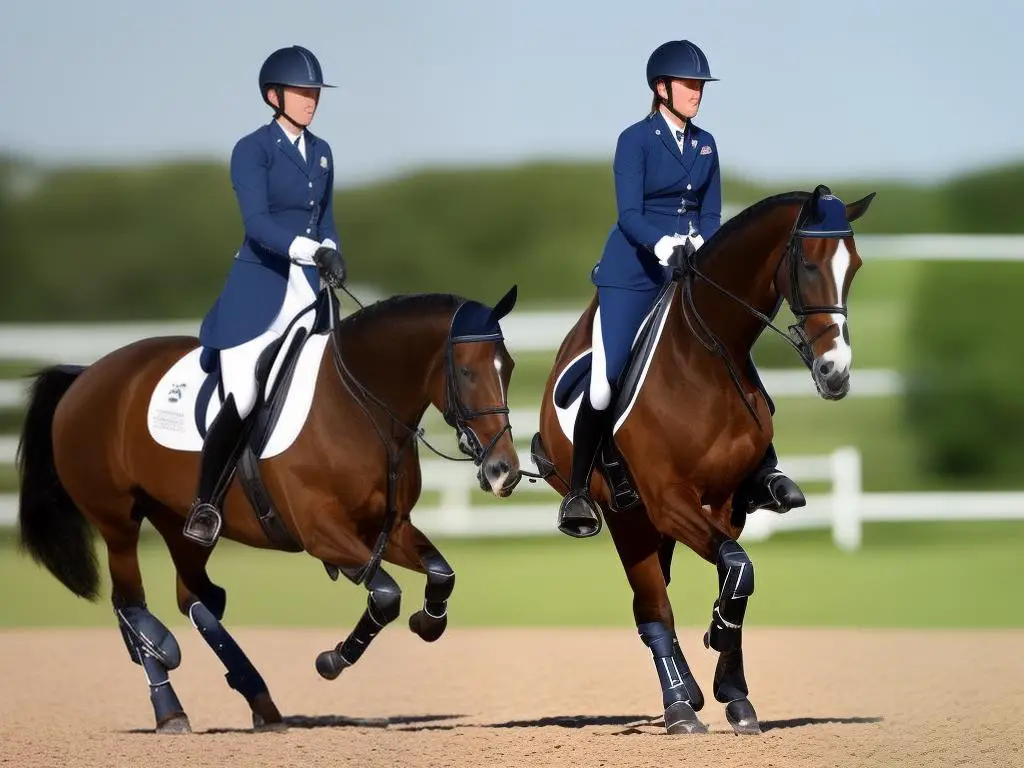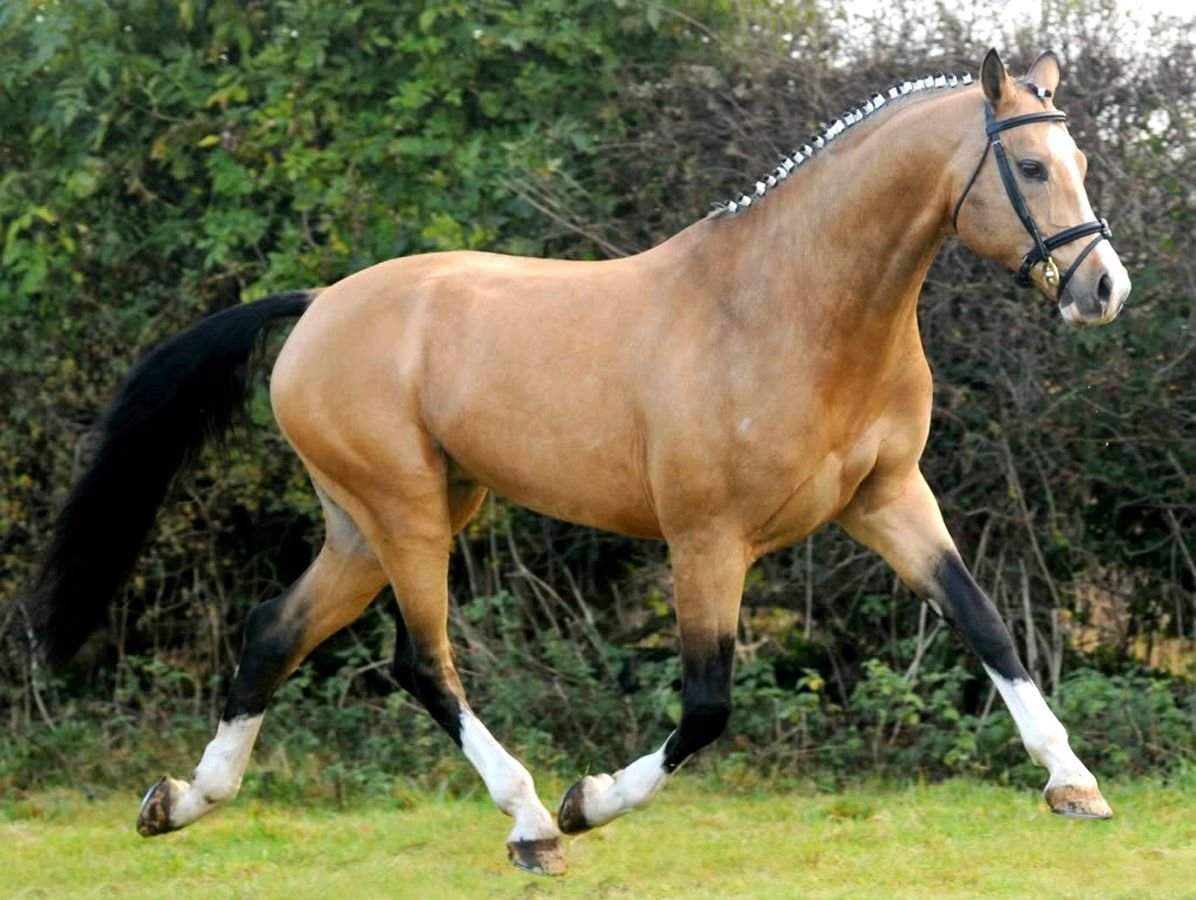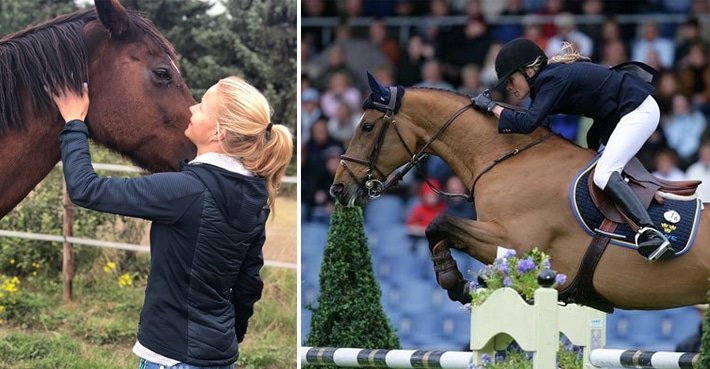The temperament of a warmblood is a combination of genetics, training, and environmental influences. In general, warmbloods are known for being friendly, cooperative, and willing, with an innate desire to please their riders. These traits set them apart from other breeds that may be more spirited or independent. However, not all warmbloods will have the same temperament, as individual personality traits can vary within the breed.
Several factors contribute to the overall temperament of warmbloods:
1. Trainability and Willingness to Work
Warmbloods are often described as highly trainable, eager to work, and quick to learn. Their desire to please makes them excellent partners for riders, especially in competitive disciplines that require precision and consistency, such as dressage. They tend to respond well to positive reinforcement and reward-based training methods, which makes them a popular choice for riders looking for a horse that can be easily trained.
2. Calm and Focused
One of the standout features of warmbloods is their calm and focused nature. While they can be energetic and athletic, they are generally not prone to being overly excitable or skittish. This makes them ideal for competitive riding, where focus and composure are key, especially in high-stress situations like competitions. In contrast to some hot-blooded breeds, which can be more sensitive or reactive, warmbloods tend to maintain their composure in various environments.
3. Intelligent and Sensitive
Warmbloods are known for their intelligence and sensitivity, which allows them to pick up on subtle cues from their riders. Their ability to understand and respond to training aids makes them highly adaptable to different riding styles and disciplines. However, this sensitivity can also mean they require a rider with a good understanding of horse behavior, as harsh or inconsistent handling can cause them to become nervous or stressed.
Common Personality Traits of Warmbloods
While temperament refers to the overall emotional and behavioral tendencies of a horse, personality is about the individual horse’s distinct characteristics. Warmbloods, as a breed, tend to share certain personality traits, but just like people, each horse has its own quirks and preferences.
1. Friendly and Sociable
Warmbloods are known for their friendly and sociable nature, which makes them excellent companions both in and out of the arena. They tend to get along well with other horses and can be more approachable than some more solitary breeds. This friendly personality makes them well-suited for riders who enjoy spending time with their horses beyond just training and competition. They are also more likely to form strong bonds with their riders, which can enhance training sessions and improve performance.
2. Calm Under Pressure
A key component of the warmblood’s personality is their ability to remain calm under pressure. Whether in the midst of a show-jumping competition or navigating a cross-country course, warmbloods tend to stay focused and composed. This trait is particularly beneficial in disciplines like dressage, where the horse’s ability to maintain poise and accuracy is crucial. Their calm demeanor also makes them ideal for younger riders or less experienced handlers, as they are less likely to become overwhelmed or difficult to manage in stressful situations.
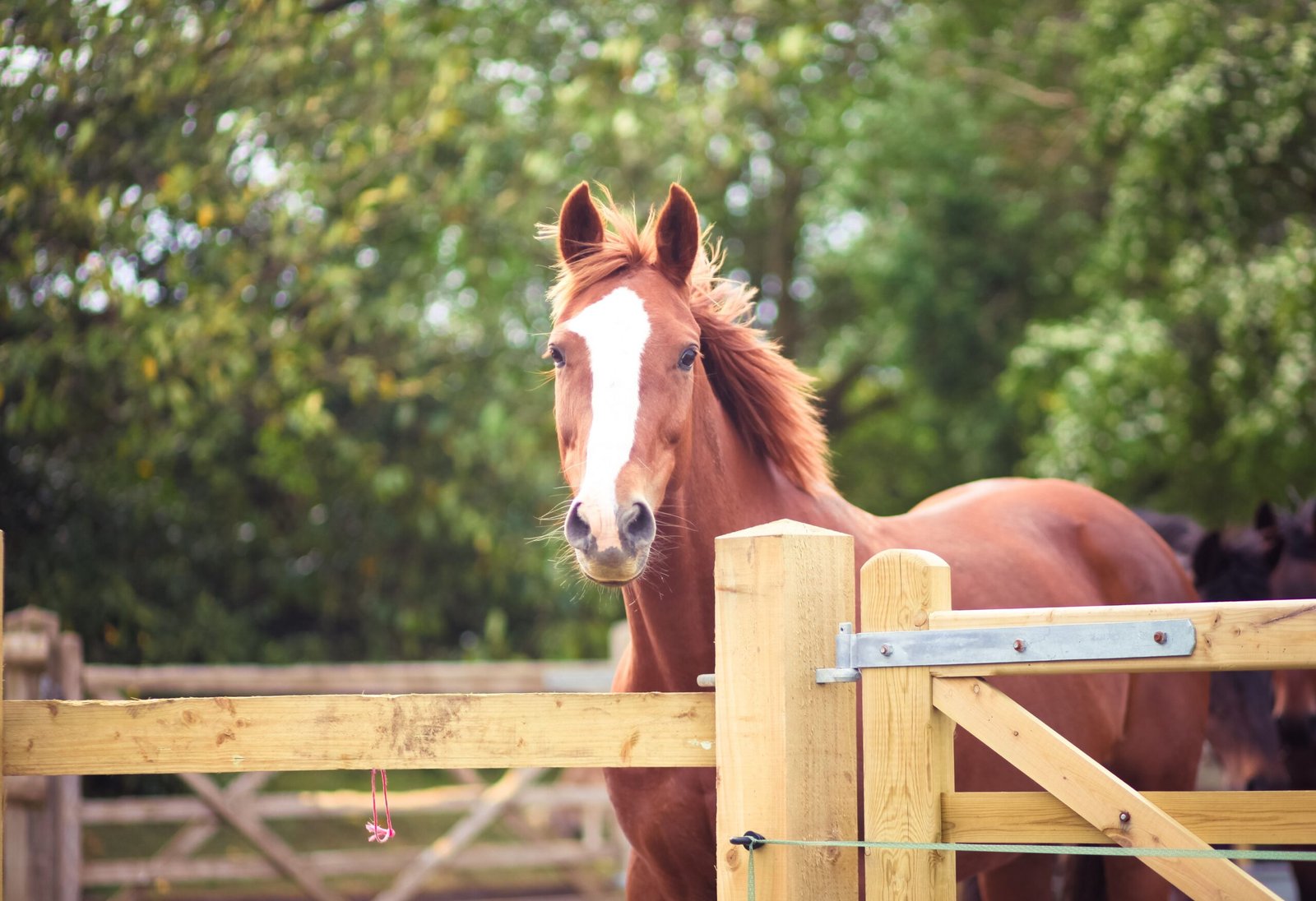
3. Playful and Curious
Although warmbloods are generally calm, they also have a playful and curious side. This curiosity often manifests as a desire to explore their surroundings, which can make them engaging and fun to work with. Some warmbloods enjoy participating in new activities and can be quick learners when presented with novel tasks. Their playful nature can also make them enjoyable for recreational riding or trail riding, as they are often happy to interact with their environment.
How Warmbloods React to Training and Handling
Due to their cooperative nature and intelligence, warmbloods tend to respond well to consistent and gentle training methods. However, their sensitivity means that it’s important to use positive reinforcement and avoid overly harsh methods, which can lead to confusion or anxiety. Here are some insights into how to handle and train a warmblood effectively:
1. Positive Reinforcement
Warmbloods thrive on positive reinforcement, as they are motivated by praise and rewards. Using treats, verbal praise, or physical gestures like patting can reinforce good behavior. This type of training approach helps to build trust between horse and rider and encourages the horse to perform with confidence. Harsh or negative training methods may cause a warmblood to become tense or uncooperative, as they are sensitive to their handler’s emotions.
2. Patience and Consistency
Warmbloods are quick learners but require patience and consistency during training. They respond best to steady, methodical instruction and do well in structured environments where they know what to expect. Inconsistent training or sudden changes in routine can lead to confusion and frustration. A warmblood’s desire to please means that once they understand what is expected, they will put in their best effort.
3. Establishing Trust
Building a strong relationship based on trust is crucial with warmbloods. They are sensitive to their rider’s emotions and can easily pick up on subtle cues. A horse that trusts its rider will be more willing to follow instructions and perform under pressure. Regular grooming, bonding time, and clear communication will help reinforce this trust and create a positive partnership between horse and rider.
How Temperament Affects Performance in Equestrian Sports
The temperament of a warmblood plays a crucial role in their performance in competitive riding. A warmblood’s calm, focused nature makes them ideal for disciplines like dressage, where precision and composure are essential. Their intelligence and willingness to work also allow them to excel in show jumping and eventing, where they must learn complex tasks and respond quickly to cues.
In eventing, for example, warmbloods are often chosen for their ability to handle the stress of multiple disciplines while maintaining focus throughout the competition. Their versatility means they can adapt to the demands of dressage, cross-country, and show jumping, while their cooperative nature ensures they can perform with consistency and reliability.
Conclusion
The warmblood’s temperament and personality make them one of the most popular and sought-after breeds in the equestrian world. With their calm, cooperative nature, intelligence, and trainability, warmbloods excel in competitive sports, offering riders a horse that is both willing and capable of performing at the highest level. Understanding the key aspects of a warmblood’s personality can help you foster a strong bond with your horse and ensure a successful partnership in competition. Whether you’re training for dressage, jumping, or eventing, a warmblood’s temperament will play a pivotal role in your success.







